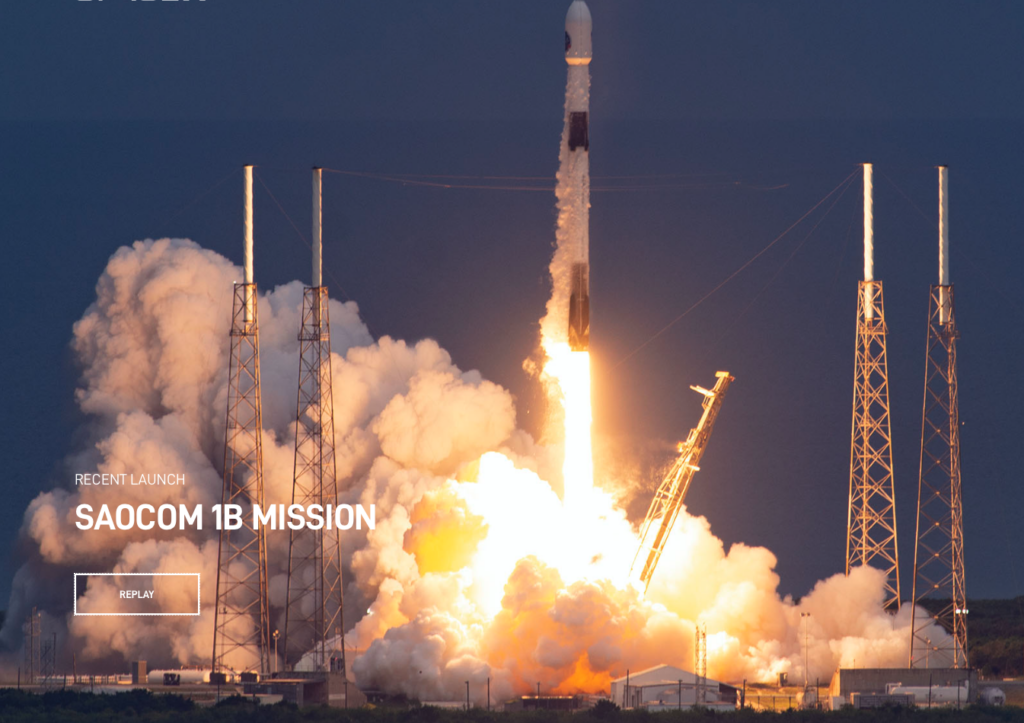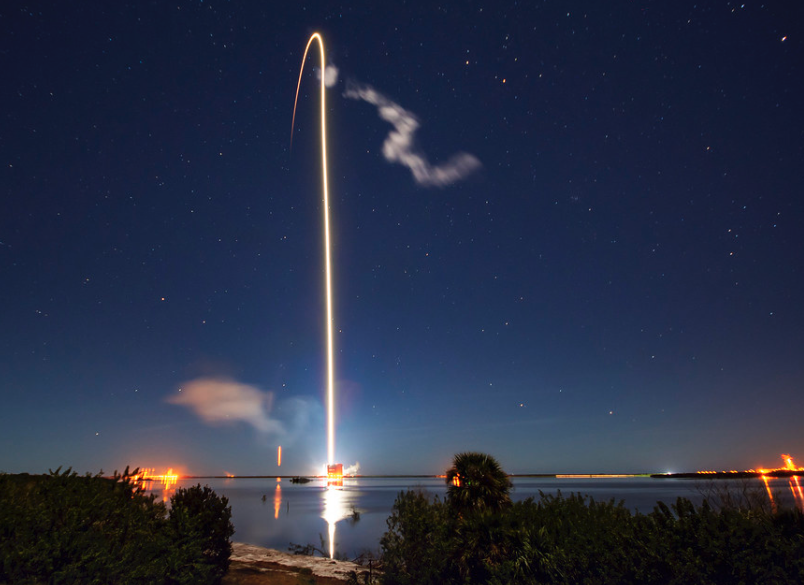SpaceX Launches First South-Bound Rocket From Florida in Decades
This evening, SpaceX launched another rocket from Florida, but this vehicle took a very different kind of path than most flights from the East Coast. Rather than head eastward after launch as most Florida missions…

